Why wider tires in gravel are faster
When gravel started its unstoppable rise, bikes were equipped with 35 mm tires. Over time, 700x40c tires became the standard. However, current models are already being created with the intention of mounting 45 or even 50 mm tires, often meeting the requirements of competitive cyclists. This trend is not only seen in gravel but also in road cycling, and before that, we saw it in mountain biking.
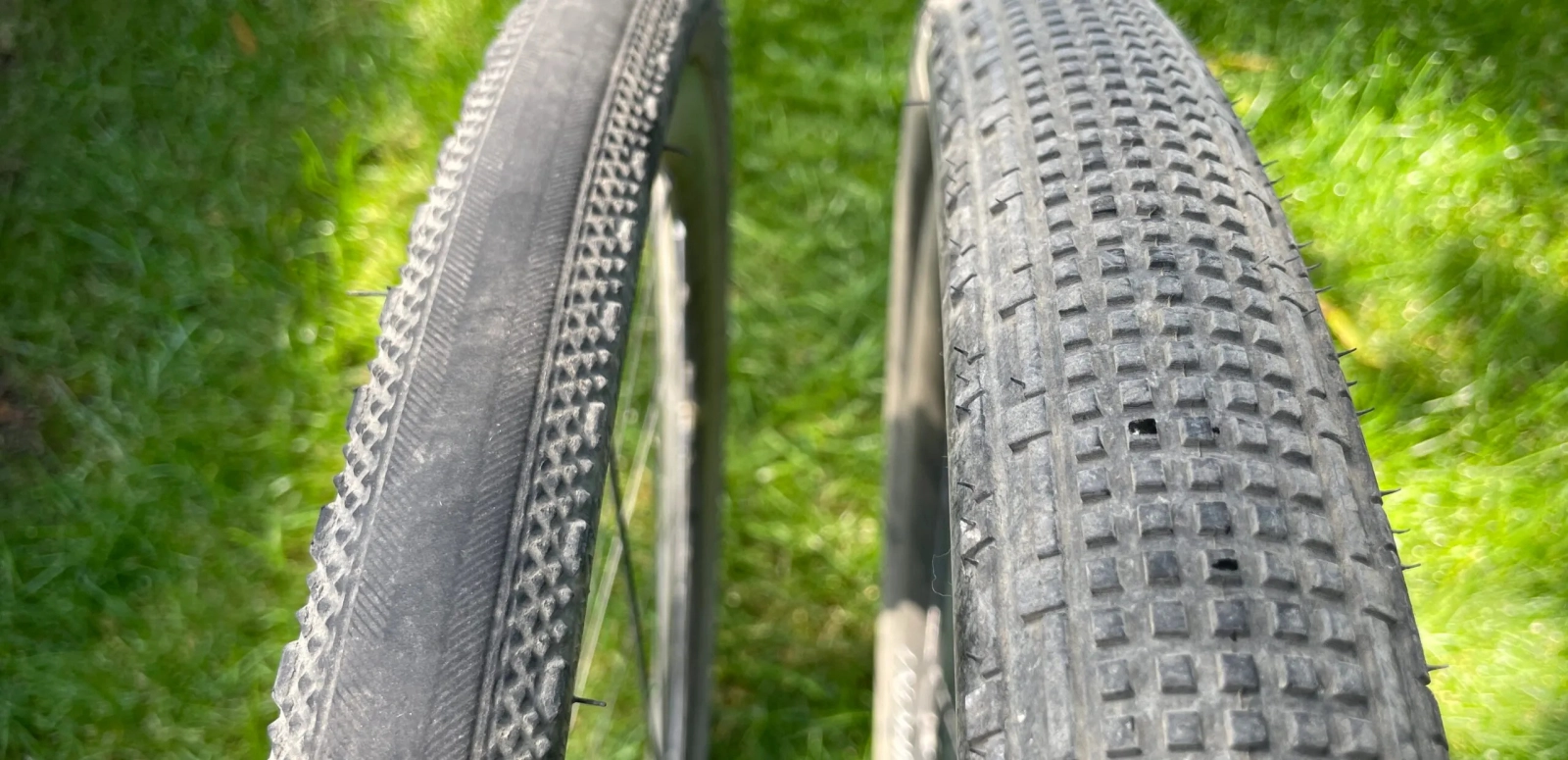
Why is wider faster in Gravel?
We have seen this in mountain biking, where it is not uncommon to see 2.4'' tires in purely sport disciplines like XCO, Marathon, and Short Track. Road cycling has also not been exempt from the increase in tire volume, moving from the 700x23c tires considered standard at the beginning of the century to 25 mm, then 28 mm in recent years, with 700x30c tires threatening to become the usual size after Tadej Pogacar used tires of this size in the last Tour de France. Only cyclocross is limited to 33 mm tires according to regulations.
Obviously, gravel could not stay out of this increase in tire volume, especially when laboratory tests demonstrate what has also been confirmed in other disciplines: wider tires reduce rolling resistance, especially on rough terrain.
RECOMENDADO
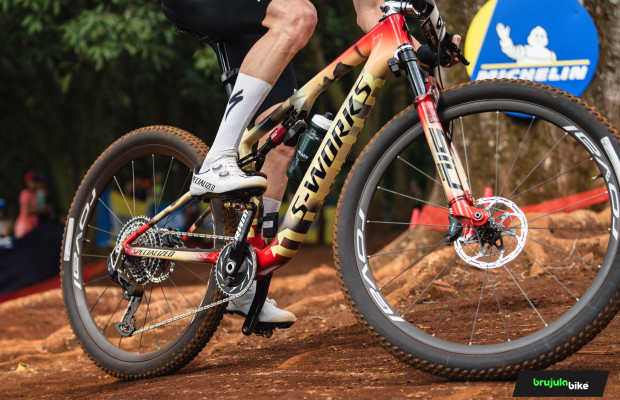
S-Works: what does it really mean and where does Specialized's most exclusive label come from?

The best apps for cycling and mountain biking
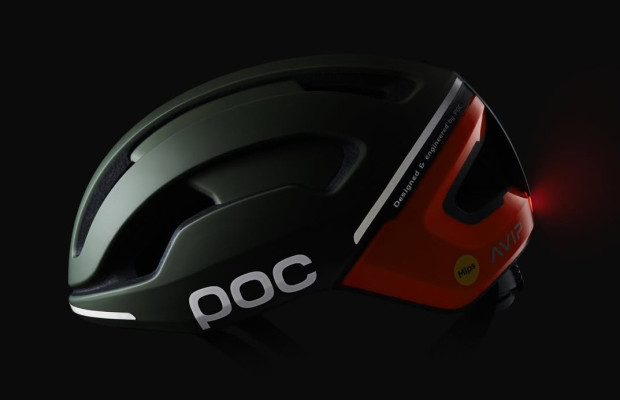
Black Friday 2025 cycling bargains: save on Garmin, POC, Maxxis and more

Black Friday Garmin 2025: the ultimate guide to choosing your GPS at the best price
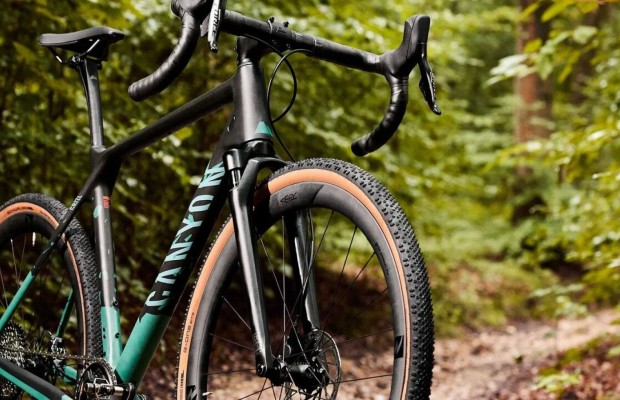
Do you need suspension on your gravel bike?
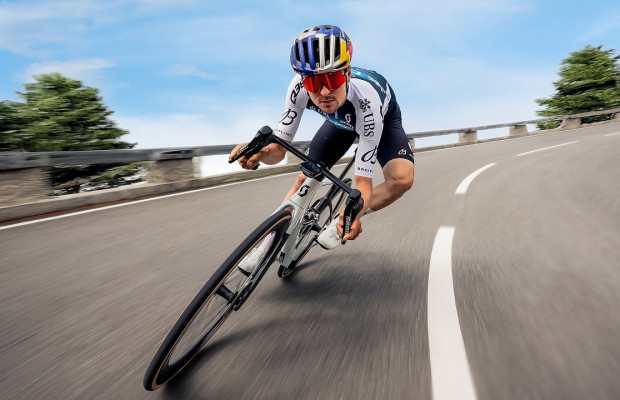
Countersteering, braking and cornering: the basics to improve your cornering skills
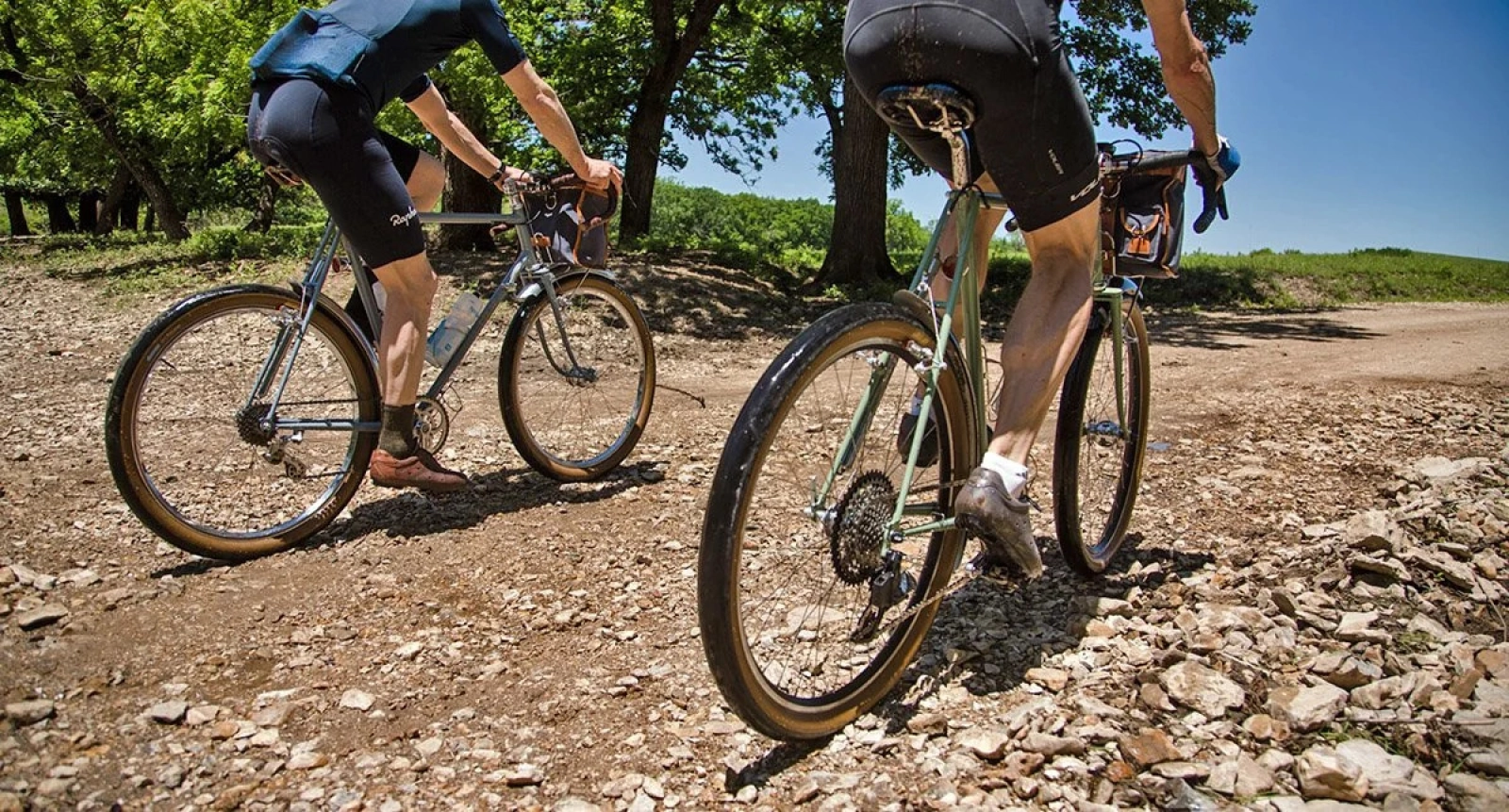
The main reason wider tires are more efficient is the same in all disciplines: to avoid rebounds and small losses of contact with the ground that occur with irregularities, wasting the pedaling power that reaches the wheel during those microseconds.
Laboratory tests with different wheel sizes have proven that lower volume options are only effective on completely smooth terrain. In fact, even a 29x2.2 MTB tire offers less rolling resistance than the sizes commonly used in gravel, with up to 42W difference between these mountain bike tires and 35 mm tires currently reserved only for all-road use.
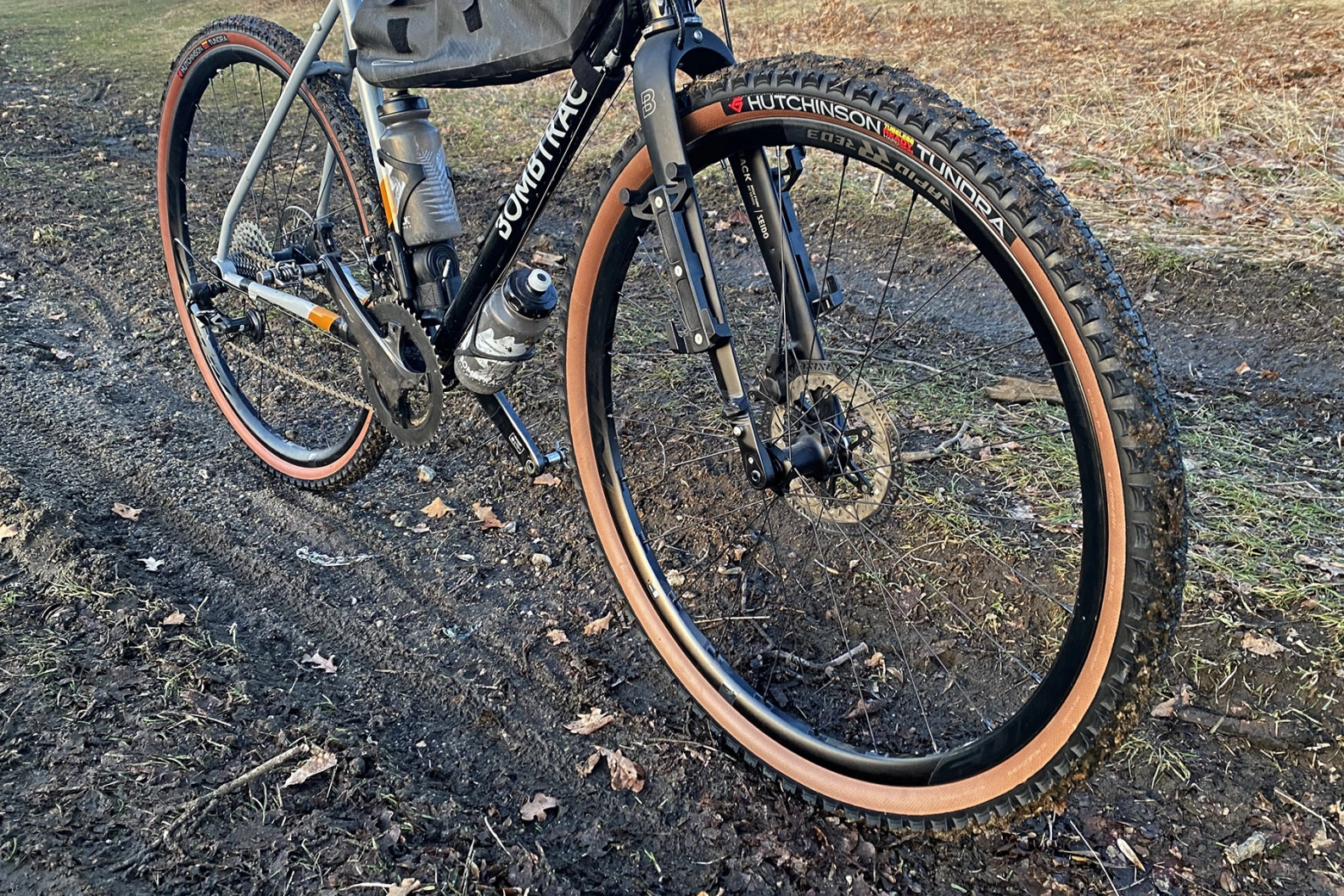
Traditionally, the problem attributed to larger tires is the increase in weight they represent. However, the extra watts required to move that extra weight are much less than those saved in rolling resistance due to the increase in tire volume, especially considering that larger tires do not need such reinforced casings, making them lighter and more flexible, which also improves rolling capacity.
However, it's not just about watts and rolling resistance. Wider tires offer another essential advantage in typical gravel competitions where ultra-endurance distances are common: greater comfort thanks to these more generous tires that allow for even lower pressure without compromising rolling performance.
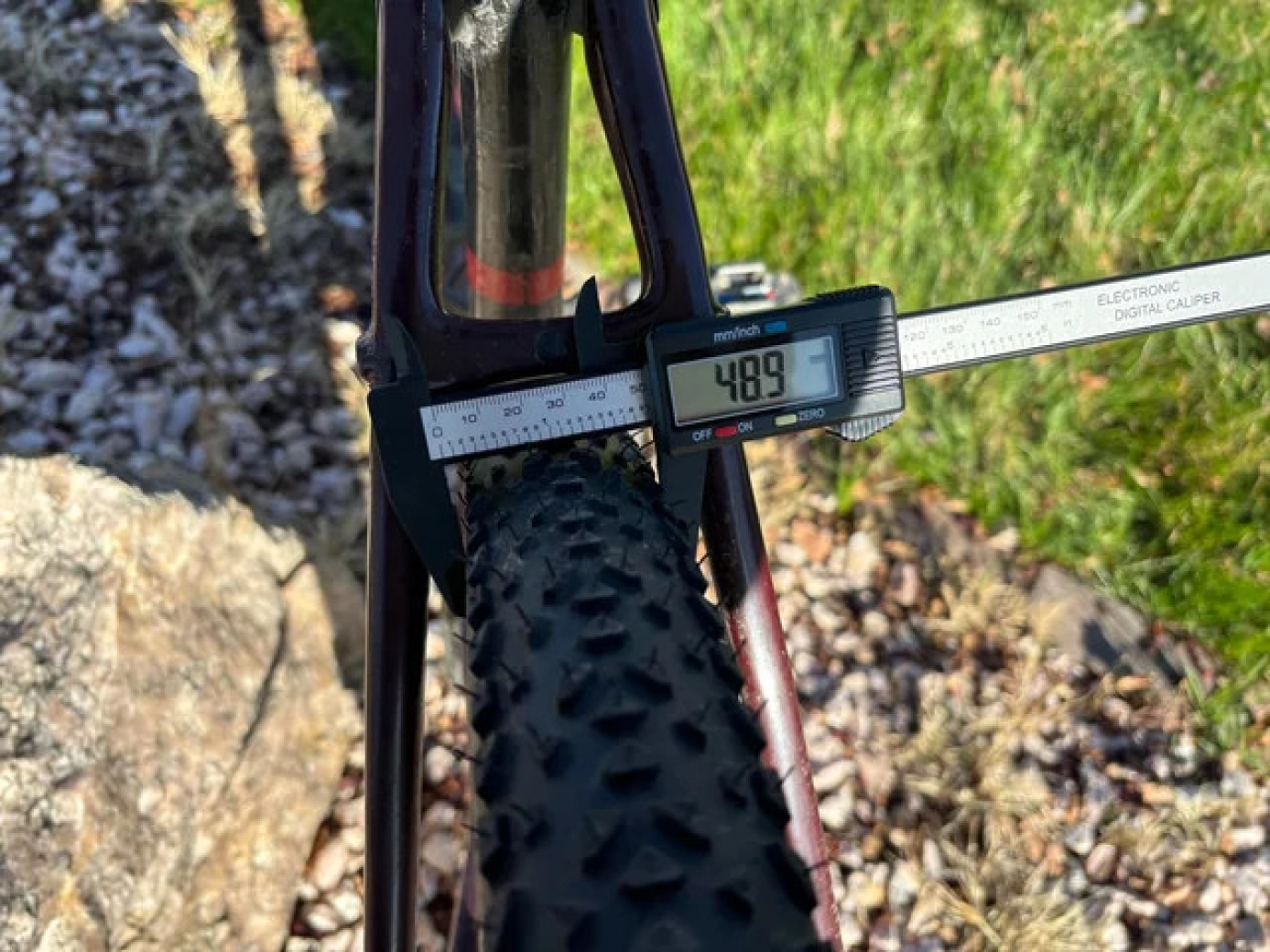
All of this is something that gravel competitors have appreciated, and images like those from the first world championship of the discipline, where most top-level cyclists opted for road bikes equipped with cyclocross tires, may be a thing of the past. In fact, sizes between 700x45c and 700x50c have become common in races, and some even opt for XCO tires directly if the course presents technical difficulties.
What we don't know is where the limit is to the use of increasingly wider tires, also running the risk so often predicted by the haters of the discipline that gravel loses its versatile essence and ends up reinventing mountain biking.